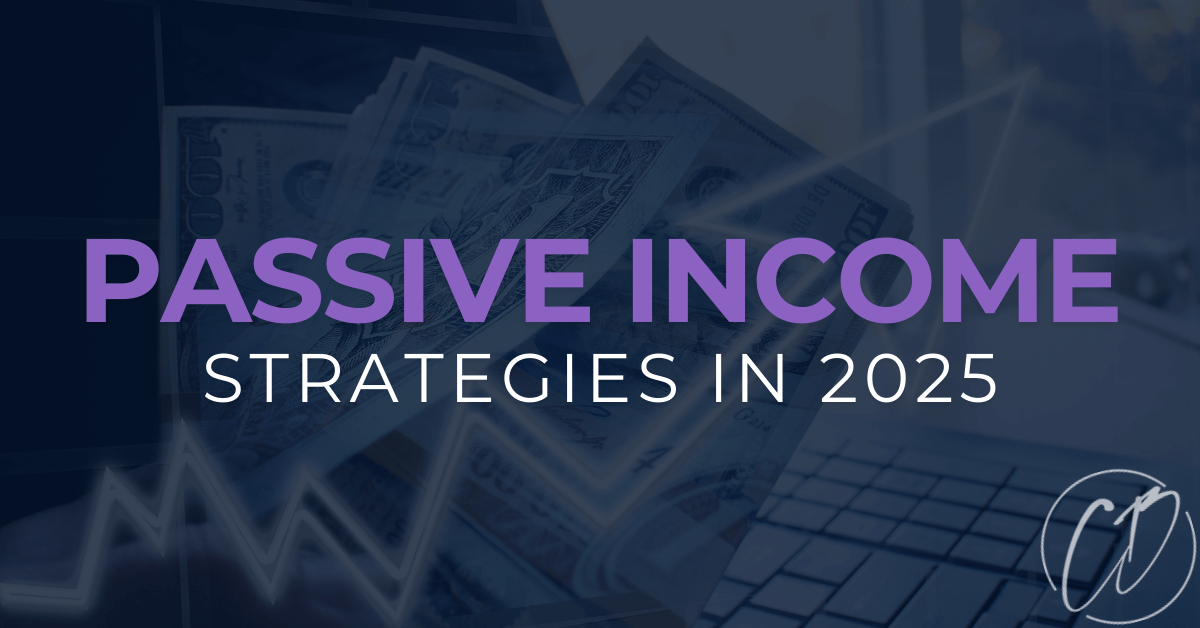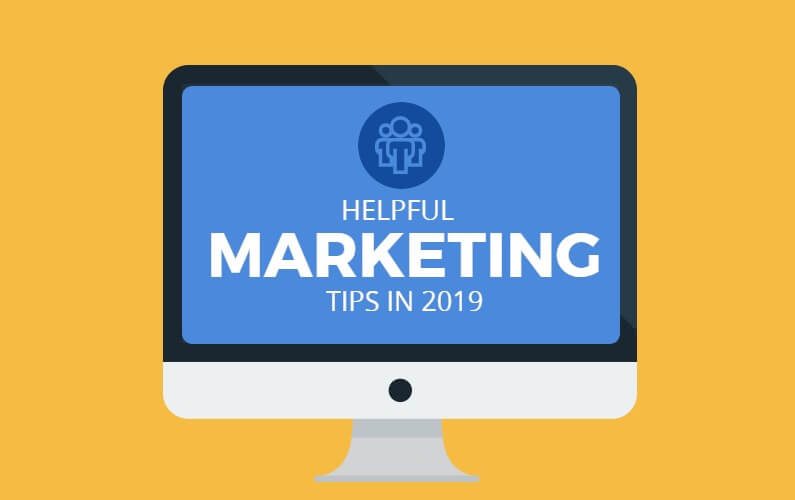Introduction
So I own a company called ‘Skiezy INC’ and we have product listings on a few different E-Comm platforms – Amazon, our own E-comm store, and various retail shops.
You can check out the ski product here.
The reason I bring this up, is I have a decent amount of experience in the world of creating listings on E-commerce, but also telling a story with it…
I want to take the knowledge I have, and share it with you here!
Let’s dive into how storytelling can boost customer engagement and drive sales.
As always, we will first start with defining what we are talking about, and then we will get into the ‘How-To’s / Tips & Tricks…
1. Understanding the Role of Storytelling in E-commerce
Have you ever hesitated to make a purchase, only to be convinced by the story behind the product? That’s the power of storytelling in e-commerce. It’s not just about telling what your product does; it’s about showing its impact in the real world.
Emotional Connection and Trust
A great story triggers emotions. When customers feel connected to a brand on an emotional level,
they’re more likely to trust it.
Trust leads to loyalty, and loyal customers are the backbone of any successful e-commerce business.
I mean, building trust in any aspect of our lives is a good thing…
Differentiating Your Brand
In a market saturated with choices, how does one brand stand out?
By telling a story that resonates.
A compelling story gives your brand a voice, a unique personality that sets it apart from the crowd.
It’s like finding a familiar face in a sea of strangers. This is what storytelling does for your brand; it makes it relatable and memorable.
2. Elements of an Effective Product Story
Crafting a product story involves more than just words. It’s about creating a narrative that captures attention and holds it.
These are essentially the 3 things that I do when crafting copy for both my clients E-Comm stores, as well as my own brands that have online listings…
Take a look at these, they are extremely valuable ways to position yourself in the market
Character and Journey
Think of your customer as the hero of the story. They’re on a journey, and your product is the tool that helps them overcome obstacles.
By positioning them as the protagonist, you make the story personal and engaging. It’s like offering them a map to treasure – the treasure being the solution your product provides.
Conflict and Resolution
Every great story has a conflict – a problem that needs solving. Your product should be the hero’s answer to that challenge.
Clearly articulating the problem sets the stage for how your product swoops in to save the day. This builds anticipation and satisfaction, much like the climax of a thrilling novel.
Visual Imagery and Descriptive Language
Words are powerful. They can paint vivid pictures in our minds. When describing your product, use imagery and descriptive language that appeal to the senses.
Imagine the scent of a fresh apple pie or the soft touch of cashmere. These descriptions don’t just talk about the product; they make the reader experience it.
3. Techniques for Crafting Product Descriptions as Stories
Crafting stories isn’t just about being creative. It’s about being strategic too. Let’s discuss some proven techniques to make your product descriptions more narrative-driven.
These are methods I also use to craft descriptions of my products.
Using Anecdotes and Testimonials
People love stories that they can relate to. Sharing anecdotes or customer testimonials can breathe life into your descriptions.
They’re like snapshots from the lives of those who have already embarked on the journey with your product.
Such stories lend credibility and relatability, making potential customers feel, “If it worked for them, it’ll work for me too.”
Creating a Compelling Narrative Arc
Structure is critical. An engaging product description should have a beginning, middle, and end. Start with the hook – what grabs people’s attention?
Continue with the journey – what experiences does your product facilitate? Wrap up with a resolution – how does the story conclude? Much like a well-told tale, it should leave the reader satisfied yet curious for more.
Incorporating Brand Values and Mission
Your brand’s values and mission aren’t just background noise; they’re integral to your story.
Weave them into your product descriptions to create a seamless connection between your product and your brand ethos.
This reinforces your brand identity and builds a deeper connection with the audience.
4. Measuring the Impact of Storytelling on Sales
Now that you’ve crafted these compelling stories, how do you know if they’re working?
Let’s look at some ways to measure the impact.
We have to operate off of the data, not just ‘what we think is working’ – especially with clients, clients NEED to see data that is driving the decisions.
Conversion Rates and Engagement Metrics
Conversion rates are a direct indicator of a story’s effectiveness. If your storytelling resonates, you’ll see an uptick in the number of visitors turning into buyers. Check engagement metrics too – time spent on the page, scroll depth, etc. – to gauge how deeply your stories are engaging readers.
A/B Testing Product Descriptions
Not every story will be a home run, and that’s okay. Use A/B testing to experiment with different storytelling techniques and find out what resonates best with your audience.
This iterative process helps refine your approach, ensuring your stories lead to higher conversions.
Conclusion
In the digital age, where countless products vie for attention, storytelling in copywriting isn’t just a nice-to-have; it’s essential.
It turns mundane product descriptions into immersive experiences that capture and hold your audience’s attention.
By leveraging storytelling, you can foster emotional connections, differentiate your brand, and drive sales.
You do not need to make it too crazy complicated, you just want your messaging to make its mark on the market – using the art of telling a story, will definitely help your product standout!
I wish you nothing but the best,
Take it and run with it…
– Cam


















